#teaculture
Text
My first handmade teacup 🫶🏽

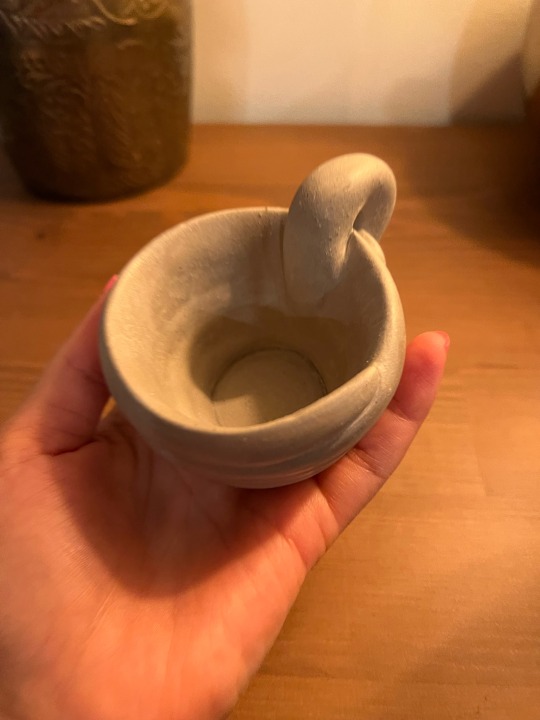




1K notes
·
View notes
Text
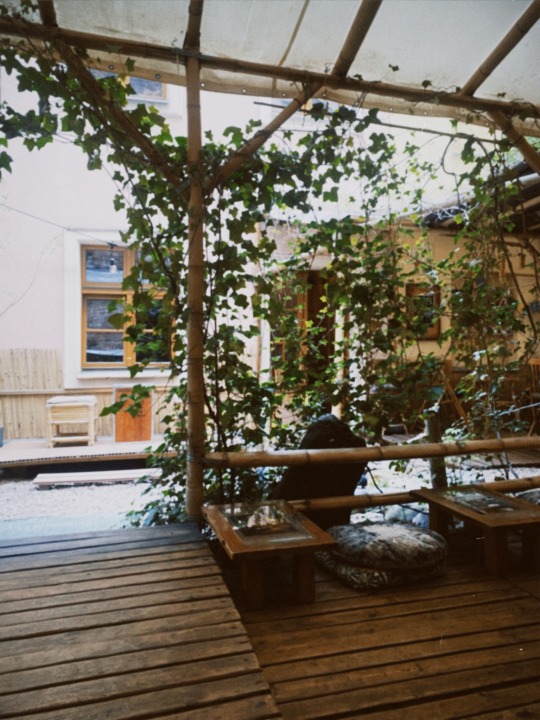

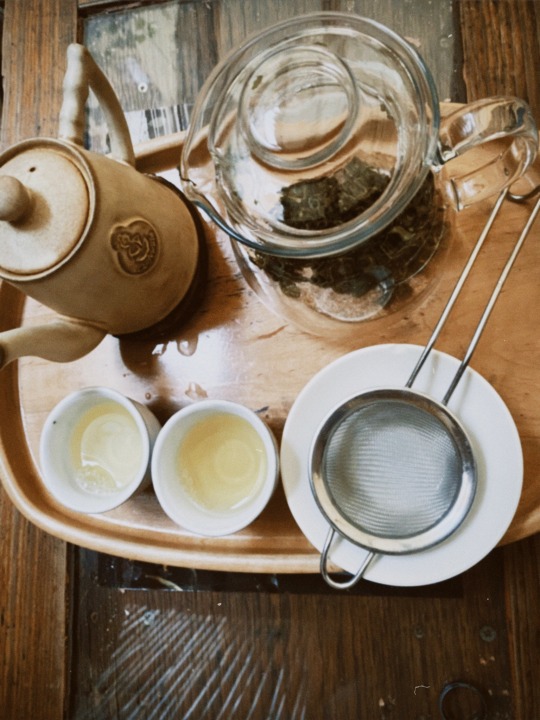

tea ceremony house 🍵
IG: liberaureum
#tea ceremony#japanese tea#chinese tea#tea aesthetic#teaculture#tea time#teahouse#dark acadamia aesthetic#dark academia#aesthetic#beige aesthetic#bookish#cameras#sculpture#painting#photography#art
61 notes
·
View notes
Text
The tea ceremony is an interesting, and healthy way to spend leisure time.
#potterypot#kettle#stove#morimatea#gaiwan#wonderfulday#teaday#teaworld#enjoymoment#snacks#healthy snack#driedfruits#brewingtea#gongfucha#teaculture#teaceremony#cozytime#tealoversclub#tealoversunite#slowlifediary#healthylifestyles#fashionstyle#fascinating#favoritetea#famoustea#creativity#interestingart#happylot#amazed#elegantstyle
79 notes
·
View notes
Photo

I made this pot of 1992 Bansheng Shu loose puerh tea for my father at the tea shop, using his favourite Republic period longevity tea cup. He used to work with me there everyday before the pandemic, but now he only comes once a month. Whenever he does, we make sure to savor some of the most interesting and delicious aged teas we have. This particular puerh tea has a rich, earthy flavor with a smooth and mellow finish. It's been aged for over 30 years, which gives it a unique complexity and depth that you won't find in younger teas. It's a true treasure of the tea world, and I'm grateful to share it with my dad. Every time we drink tea together, we also talk about life, family, and everything in between. It's a simple pleasure that brings us closer and helps us appreciate each other more. I hope to continue this tradition for many years to come. Do you have any favorite teas to share with your loved ones? Let me know in the comments below! #teatime #puerh #agedtea #familytime #pu-erh #rawpuerh #shengpuerh #loosepuerh #shoupuerh #gongfucha #yixing #yixingteapot #chinesetea #kongfutea #teaculture #teashopvancouver #chineseteashop #teavancouver (at The Chinese Tea Shop) https://www.instagram.com/p/CrVTBAGuyM8/?igshid=NGJjMDIxMWI=
#teatime#puerh#agedtea#familytime#pu#rawpuerh#shengpuerh#loosepuerh#shoupuerh#gongfucha#yixing#yixingteapot#chinesetea#kongfutea#teaculture#teashopvancouver#chineseteashop#teavancouver
2 notes
·
View notes
Photo

Afternoon Tea | Orion Swansong
#Orion swansong#afternoon tea#tea party#tea time#bunnies#bunnylove#bunny#petblr#teaculture#cottagecore#photography#spring#digital art#art#year of the rabbit#rabbit#oddcore#weirdcore#dreamcore#Illustration#rabbits of tumblr#teacup#liminal#curators on tumblr#surrealism#rabbits#easter#cozycore#plushcore#plushblr
5 notes
·
View notes
Text


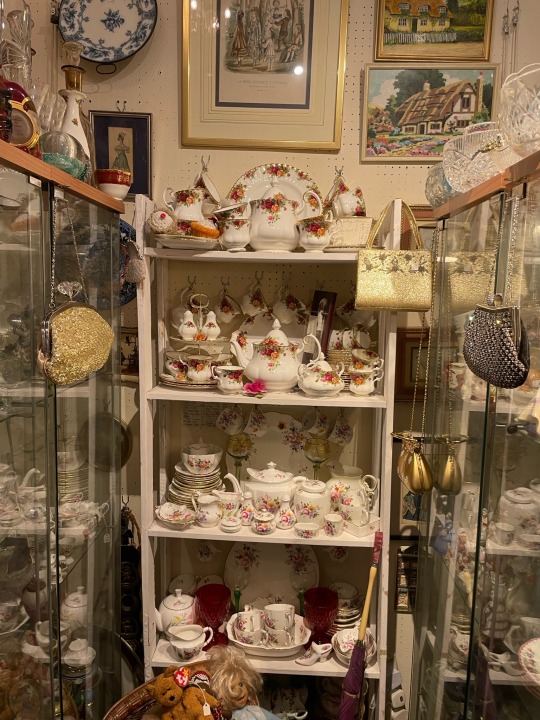
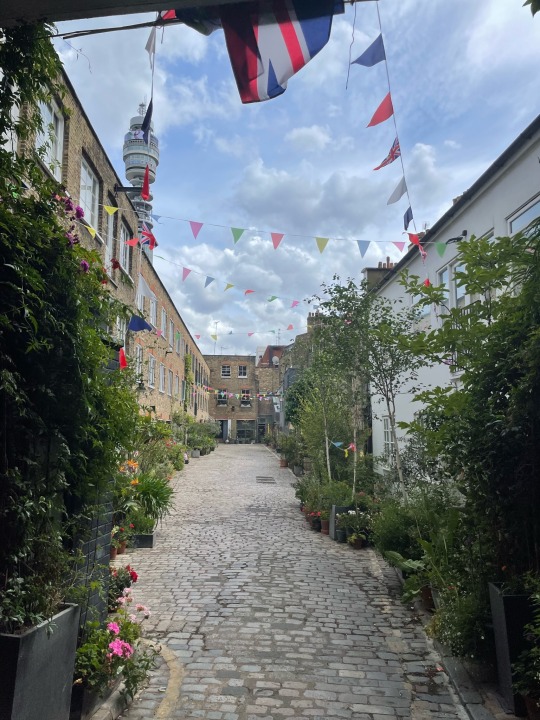
London<3
#cottagecore#cottage moodboard#aesthetic#aesthetic pictures#moodboard#cottage aesthetic#londonlife#londonliving#london england#london uk#london#nature#sunsets#teaculture
11 notes
·
View notes
Text
Fancy teapots



5 notes
·
View notes
Text
🍵 Exploring the Delightful World of Fruit Tea: A Refreshing Journey for Your Palate🍵
In a world where a cup of tea is more than just a beverage, fruit tea emerges as a delightful concoction that tantalizes taste buds and refreshes the soul. Unlike traditional teas, fruit tea offers a burst of natural flavors and vibrant colors, making it a popular choice among tea enthusiasts seeking a refreshing and rejuvenating experience. Join us on a flavorful journey as we delve into the captivating realm of fruit tea, exploring its origins, health benefits, and diverse flavors.

🌱 Origins of Fruit Tea🌱
Fruit tea, also known as herbal tea or tisane, has a rich history dating back centuries. Originating from ancient civilizations such as China and Egypt, fruit tea was initially brewed for its medicinal properties and aromatic allure. Over time, the art of blending dried fruits, herbs, and flowers evolved, giving rise to a diverse array of fruit tea varieties enjoyed worldwide.
🌿🍵 Health Benefits of Fruit Tea🌿🍵
Beyond its exquisite taste, fruit tea boasts a myriad of health benefits that contribute to overall well-being. Packed with antioxidants, vitamins, and minerals, fruit tea supports immune function, promotes hydration, and aids in digestion. Additionally, certain fruits and herbs used in fruit tea blends possess anti-inflammatory and calming properties, making it a soothing choice for relaxation and stress relief.
🍊 Exploring Flavor Profiles
One of the most enchanting aspects of fruit tea is its endless variety of flavor profiles, each offering a unique sensory experience. From tangy citrus blends to sweet berry infusions, fruit tea captivates the palate with its diverse range of tastes and aromas. Whether enjoyed hot or cold, fruit tea provides a refreshing escape from the ordinary, transporting drinkers to sun-kissed orchards and lush tropical gardens with every sip.
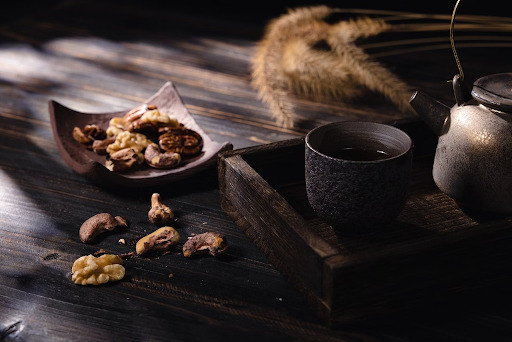
🍹🌟 Popular Fruit Tea Blends🍹🌟
At Kochill Tea, we pride ourselves on curating premium fruit tea blends crafted from the finest ingredients sourced from around the globe. Our collection features a tantalizing assortment of flavors, including:
🏝️ Tropical Paradise: Dive into a blissful oasis with our Tropical Paradise blend, combining exotic fruits such as pineapple, mango, and passionfruit for a taste of paradise in every cup.
🍓 Berry Bliss: Indulge in the luscious sweetness of ripe berries with our Berry Bliss infusion, featuring a harmonious medley of strawberries, raspberries, and blueberries for a burst of berrylicious flavor.
🍋 Citrus Zest: Energize your senses with our Citrus Zest blend, boasting a zesty blend of oranges, lemons, and grapefruits that invigorate the palate and uplift the spirit.
☕ Tips for Brewing the Perfect Cup
To fully savor the vibrant flavors of fruit tea, proper brewing techniques are essential. Here are some tips to ensure the perfect cup every time:
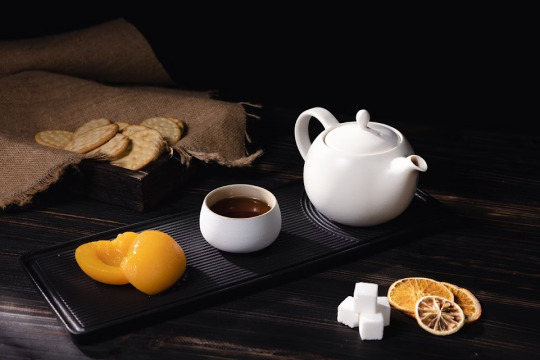
🌟 Conclusion
In a world filled with endless beverage options, fruit tea stands out as a refreshing and invigorating choice that delights the senses and nourishes the body. With its rich history, health benefits, and diverse flavor profiles, fruit tea offers a captivating journey for tea enthusiasts seeking a flavorful escape. At Kochill Tea, we invite you to indulge in the enchanting world of fruit tea and discover the joy of sipping nature's bounty, one delicious cup at a time. Cheers to a life steeped in flavor and wellness!
1 note
·
View note
Text

Indulge in the simple pleasure of a soothing cup of tea with our "A Cup of Tea Mug," thoughtfully designed by Mugz-4-Mugs. Crafted from high-quality ceramic, this mug is the perfect vessel for your favorite brew. Whether you prefer delicate herbal blends or robust black teas, this mug will enhance your tea-drinking experience. With its charming design and sturdy construction, it's a delightful addition to any tea lover's collection. Treat yourself or surprise a friend with this beautiful mug and elevate your tea time ritual.
#TeaTime#TeaLovers#CeramicMug#TeaMug#Drinkware#Mugz4Mugs#TeaBreak#GiftForTeaLover#SipAndSavor#TeaAddict#ACupOfTea#TeatimeQuotes#LooseLeafTea#CristinaRe#AlphonseMucha#LightAcademia#InWonderland#RedRoseTea#TeaTimeBliss#TeaAndArt#VintageTea#TeaInWonderland#TeaInspiration#TeaWithStyle#TeaAndBeauty#TeaCulture#TeaArtistry#TeaSips#TeaTimeTreasures#ArtOfTea
1 note
·
View note
Text
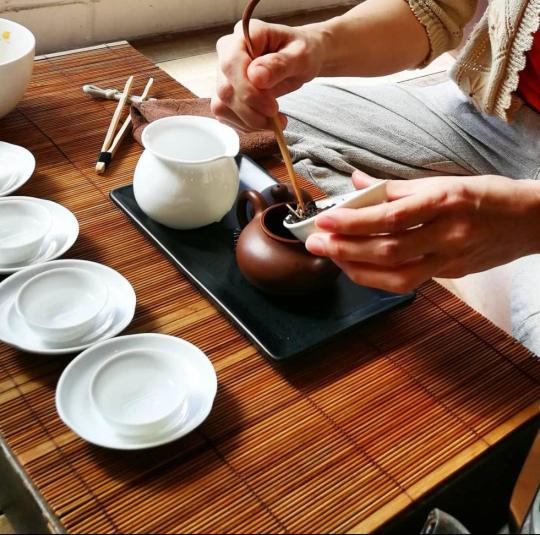
Decoding Tea Brewing: Mastering Temperature for the Perfect Cup
“At what temperature should you brew this tea?” – one of the most frequently asked questions. Some people, seeing brewing temperatures given with an accuracy of one degree and different for each tea, feel overwhelmed and give up buying green or white teas. I would like to show that the issue of brewing temperature is not that complicated, and that it is usually not the most important parameter in brewing tea. I hope that this text will be a scientific help for many of you, and after reading it, you will not need any tips from tea sellers – because you will be able to set the brewing temperature yourself. Let’s start with the least problematic teas.
Black tea
(red tea in Asian nomenclature)
Black teas can always be poured with boiling water, or rather water at a temperature of 95-96°C. Freshly boiled, but no longer boiling water has this temperature.
Exceptions:
– Delicate Chinese black teas with a high content of young buds (e.g. Jin Jun Mei) can be poured with water at a temperature lowered to even 85°C. This does not mean, however, that lowering the temperature is absolutely necessary or that it will produce a better brew – it is a matter of individual preferences.
– Darjeeling FF teas (from the spring harvest) can be brewed at a slightly lower temperature, approximately 85-90°C. This will help reduce their bitterness, but will reduce the aromaticity and overall richness of the infusion.
Pu-erh tea and hei cha
Boiling water. Exceptions:
Young raw pu-erh brewed in a Western style (in a large teapot) or simply in a cup, without separating the leaves from the infusion. In this method of brewing, it is better to lower the temperature slightly, to about 85-90°C. However, these are not the brewing methods that I recommend.
Oolong teas
(turquoise teas, also incorrectly called blue)
Usually boiling water, especially for high-quality oolongs. For lower quality oolong teas, you can slightly lower the brewing temperature to camouflage their defects. Exception:
Good results can be obtained by brewing Bai Hao Oolong at a temperature of approximately 85-90°C. To cool the water to this temperature, you only need to pour fresh boiling water into an unheated container once.
Please note that this is the most oxidized of all oolongs (closest to black tea in this respect). However, this tea is plucked to the same standard as green teas, i.e. it is made from young buds and leaves. This does not mean that you cannot pour boiling water over it. Try first which version suits you better.
Yellow tea
About 85°C. It is best to brew uncovered to allow excess heat to escape from the vessel and not to “suffocate” the tea.
Yellow tea made from the buds itself is often brewed by throwing it into water. In this case, obtaining water at the ideal temperature is very simple: pour freshly boiled water into a container (preferably glass), wait a minute, add the leaves.
Green tea
It won’t be that easy here. Don’t brew it, because making tea is always easy. It won’t be that easy to describe.
If we wanted to include instructions on the brewing temperature for green tea in one sentence, it would be as follows: Brew green tea with water at a temperature of 20°C to 95°C. Not very useful, right? Therefore, some distinctions need to be made.
a) Chinese and Chinese-style green tea
Most often 75-85°C.
The higher the quality, the earlier the spring harvest date and the greater the content of tiny buds, the lower the brewing temperature. Of course, the type of tea also matters.
Chinese green tea is most often brewed uncovered to allow excess heat to escape from the vessel and not to “suffocate” the tea. Tea brewed at a higher temperature but uncovered has a lower chance of scalding than tea brewed at a lower temperature but covered.

Exceptions:
If the green tea is from a late harvest, the leaves are not delicate and do not have a large bud content, you can pour boiling water over it without any problems. Examples include Taiwanese green teas made from “oolong” varieties of shrubs, green teas from Assam, Nepal and Darjeeling. (We’re talking about Chinese-style processed teas)
b) Japanese green tea
– sencha
Most often 65-80°C. Higher quality tea may be brewed at a lower temperature. Asamushi tea can be brewed at a lower temperature than fukamushi.
A common practice is to gradually increase the temperature in subsequent brewings (e.g. 1st brewing 70°C, 2nd brewing 80°C, 3rd brewing 85°C).
Very high-quality sencha, especially temomi cha (hand-rolled), can, however, be prepared at a lower temperature, e.g. 50°C, or even in water at room temperature – and I am not talking about a long “cold brew”, just a simple pouring!
How to reach the right temperature for brewing sencha?
Pour freshly boiled water into the kettle. Pour the water into the cups. Pour the leaves into the teapot and enjoy their scent in a heated pot. Wait a while and pour the tea into the water in the cups – the temperature is 75-80°C. If you want to cool the water to an even lower temperature, an additional jug called yuzamashi, or any other jug that serves its purpose, may be useful. Pour water from the cups into it, wait a while and then pour the tea.
– gyokuro
Most often 50-65°C. In terms of temperature, this is the most finicky of teas. As in the case of top-class sencha, outstanding gyokuro can be poured with water at room temperature or slightly warmer. This applies to the first or first and second brewing, because the water temperature is gradually raised for later brewing.
– bancha
Most often 75-85°C.
Less frequently, it is recommended to brew bancha tea at a temperature of 90°C and above. This applies to lower quality teas.
– kukicha
About 80-90°C.
High-quality karigane can be brewed at a lower temperature – 70, and sometimes even 60°C. This is rare, but it happens. There is also a recommendation to brew kukicha with water at a temperature close to boiling.
– hōjicha
Boiling water or slightly cooled water (90°C).
– kamairicha
Just like in the case of Chinese green teas.
White tea
85-95°C – according to your preferences.
White tea is very forgiving, you don’t have to worry too much about its brewing temperature. I know that there are people who brew it for a long time in water at a temperature of 60°C. If it tastes better this way, go ahead! However, I do not believe that this is the optimal way to brew white tea. In China, where white tea is produced, boiling water is mainly used. Traditional white tea does not undergo the leaf rolling process, which is key to the fact that it should be brewed at the highest possible temperature.
Please note that these tips apply to traditional white teas: Yin Zhen, Bai Mu Dan, Gong Mei and Shou Mei, as well as teas made after their example. Beware of pseudo-white teas – de facto green teas that pretend to be white due to the high content of white fuzz on the leaves.
Cooking white teas has recently become popular in China. Especially in the case of aged, old white teas.
A final word
The right brewing temperature is important, but not the most important. What is more important is the time of brewing the tea, as well as the amount of leaves used.
I’m sure many people will find the values given above inappropriate. No wonder, because the perception of the taste of tea is a strictly subjective matter. I tried to provide ranges commonly accepted by specialists, mainly Asian ones.
#tea#teatime#teablog#tearecipes#teaculture#teatraditions#herbaltea#aromatictea#brewingtea#typesoftea#teadrinks#teatravel#teaadventures#teastories
1 note
·
View note
Text
Nepali Tea Traders: Savoring The Richness Of Traditional Nepali Teas
Experience the authentic taste of Nepal with traditional Nepali teas from Nepali Tea Traders. Savor the rich flavors of Himalayan green, black, and white teas, meticulously sourced and handcrafted to perfection. Delight in the aromatic essence of centuries-old brewing techniques passed down through generations. Indulge in a sip of Nepali culture with every cup of our premium teas.
#NepaliTea#TeaCulture#HimalayanFlavors#HandcraftedTea#NepaliTradition#TeaLovers#AuthenticTaste#TeaTime#TeaSourcing#PremiumTea#TeaCraftsmanship
0 notes
Text
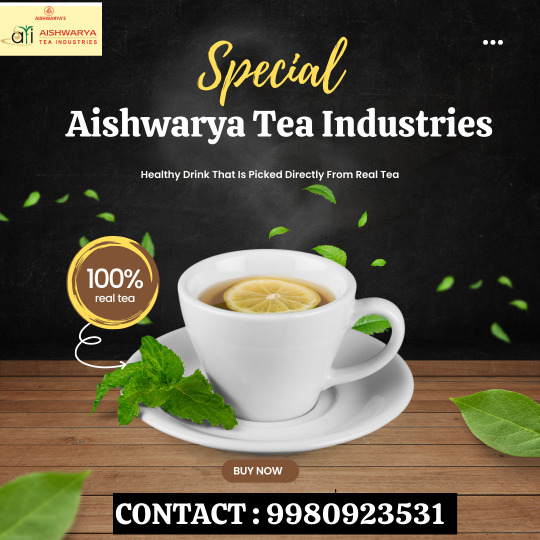
#AishwaryaTea#TeaIndustry#TeaProduction#TeaManufacturer#QualityTea#TeaHarvesting#TeaProcessing#TeaGardens#TeaCulture#TeaBlends#TeaTradition#TeaBusiness#TeaLovers#TeaExports
1 note
·
View note
Text
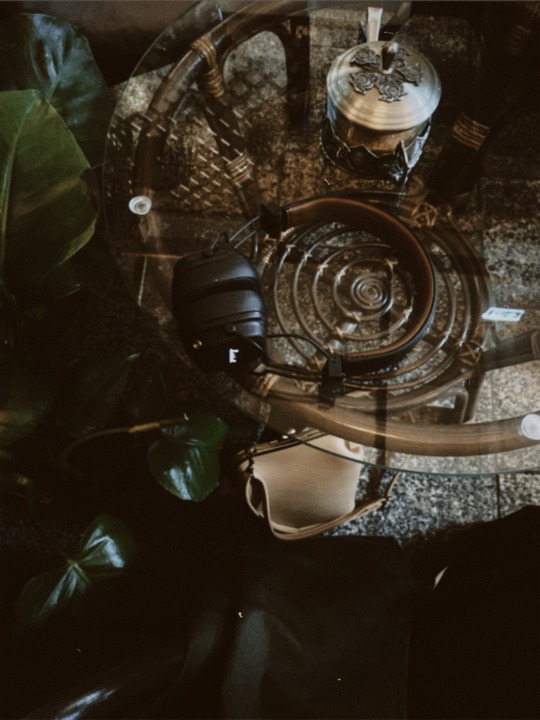



tea house 🍵
IG: liberaureum
#tea aesthetic#teaculture#tea ceremony#chinese tea#japanese tea#tea time#dark acadamia aesthetic#dark academia#aesthetic#beige aesthetic#bookish#cameras#sculpture#painting#photography#art#light acadamia aesthetic#light academia
47 notes
·
View notes
Text
At least once a day…taking it all in, enjoying the quiet, enjoying a cup of your favorite tea while resting your body.
#goldencup#golden#cuplover#kungfumaster#gong fu cha#teamaster#yixingteapots#gongdaobei#zisha#teapot#rocktea#oolong tea#teaspecialist#morimatea#teacup#tea#teatime#beautiful#teatray#teaculture#teagirl#slowtime#ceramiccraft#decoration#ornaments#incense sticks#incense holder#tea room#teahouse#relaxingmoments
2 notes
·
View notes
Photo

How time flies, this 2013 aged shou mei white tea has been aged for 10 years already. The slightly sweet taste with a hint of woody and fruity notes developed over time. #agedwhitetea #shoumei #chinesetea #chinesewhitetea #agedshoumei #gongfucha #kongfutea #teaculture #teatime #teashopvancouver #chineseteashop #teavancouver #agedtea https://www.instagram.com/p/CoVnRytyPju/?igshid=NGJjMDIxMWI=
#agedwhitetea#shoumei#chinesetea#chinesewhitetea#agedshoumei#gongfucha#kongfutea#teaculture#teatime#teashopvancouver#chineseteashop#teavancouver#agedtea
2 notes
·
View notes
Photo
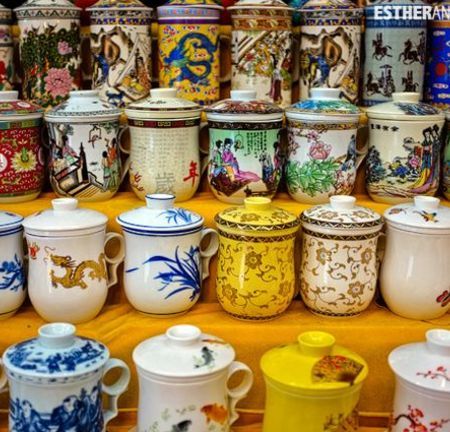
Temple of Heaven Tea Tasting // What to do in Beijing
Calling all tea enthusiasts. Unwind amidst the scenic beauty of the Temple of Heaven and embark on an educational tea tasting journey like no other. Discover the perfect brew, uncover the hidden health benefits, and explore the wonders of Beijing at the same time. Don't miss out.
0 notes